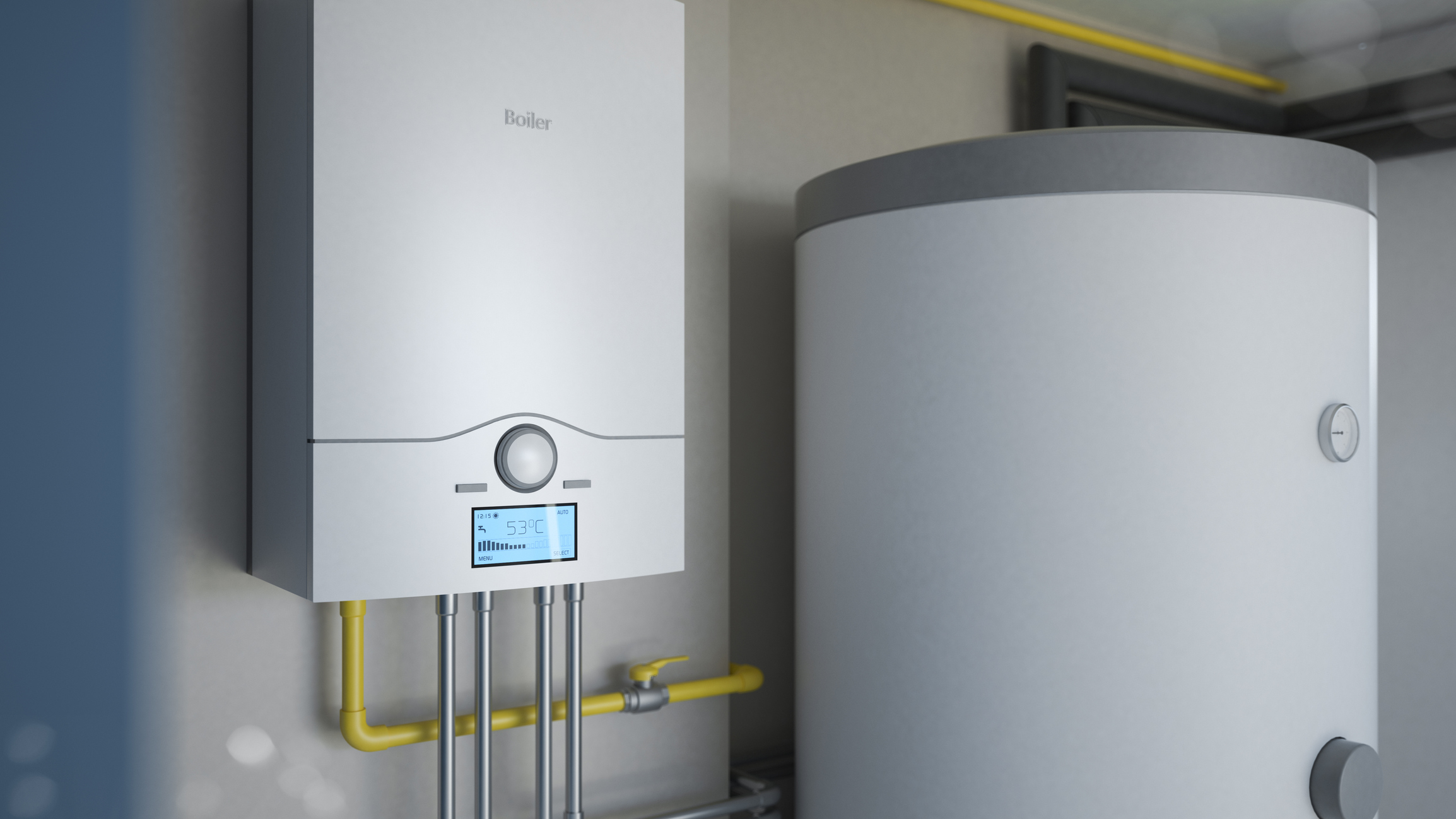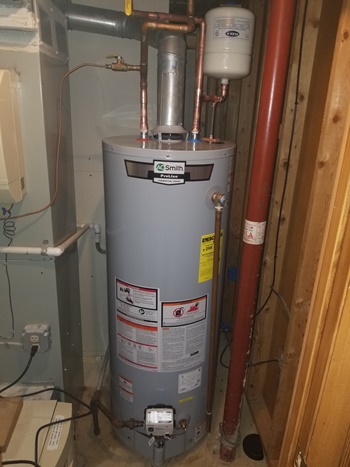Expert Tips for Maintaining Your Home's Hot Water SystemTop Methods to Care for Your Home's Hot Water System Effectively
Expert Tips for Maintaining Your Home's Hot Water SystemTop Methods to Care for Your Home's Hot Water System Effectively
Blog Article
How do you feel about Tips on Maintaining a Water Heater?

Hot water is crucial for daily comfort, whether it's for a revitalizing shower or cleaning dishes. To guarantee your warm water system runs efficiently and lasts much longer, normal maintenance is essential. This post gives sensible pointers and insights on exactly how to preserve your home's warm water system to avoid disruptions and expensive repair services.
Intro
Maintaining your home's warm water system might seem difficult, yet with a couple of straightforward actions, you can ensure it operates smoothly for many years ahead. This overview covers everything from understanding your hot water system to DIY upkeep suggestions and understanding when to employ specialist aid.
Importance of Maintaining Your Warm Water System
Normal upkeep not just expands the lifespan of your warm water system yet additionally guarantees it runs efficiently. Neglecting upkeep can result in reduced effectiveness, higher energy bills, and even early failing of the system.
Indicators Your Warm Water System Demands Upkeep
Recognizing when your warm water system needs interest can avoid major issues. Look out for signs such as irregular water temperature level, odd noises from the heating unit, or corroded water.
Purging the Hot Water Heater
Purging your water heater eliminates sediment buildup, boosting performance and lengthening its life.
Monitoring and Replacing Anode Rods
Anode rods prevent corrosion inside the storage tank. Examining and changing them when broken is important.
Complex Concerns Calling For Expert Help
Examples consist of significant leaks, electrical troubles, or if your hot water heater is constantly underperforming.
Routine Expert Maintenance Benefits
Specialist upkeep can include detailed assessments, tune-ups, and making sure conformity with security requirements.
Inspecting and Readjusting Temperature Settings
Readjusting the temperature level settings makes certain ideal performance and security.
DIY Tips for Upkeep
You can carry out several maintenance jobs on your own to keep your warm water system in top problem.
Looking for Leaks
Consistently check pipes and links for leaks, as these can bring about water damage and greater bills.
Recognizing Your Warm Water System
Prior to diving into upkeep jobs, it's valuable to understand the fundamental components of your warm water system. Generally, this consists of the water heater itself, pipelines, anode rods, and temperature level controls.
Regular Monthly Upkeep Tasks
Regular month-to-month checks can help catch small problems prior to they intensify.
Examining Pressure Alleviation Valves
Evaluating the stress relief valve guarantees it operates properly and prevents extreme stress buildup.
Protecting Pipelines
Insulating hot water pipelines lowers warm loss and can conserve energy.
When to Call a Specialist
While DIY upkeep is advantageous, some problems call for expert expertise.
Conclusion
Routine upkeep of your home's hot water system is vital for effectiveness, long life, and price financial savings. By adhering to these tips and knowing when to look for specialist help, you can guarantee a trusted supply of hot water without unanticipated disturbances.
How to Maintain an Instant Hot Water Heater
Before tinkering with your hot water heater, make sure that it’s not powered on. You also have to turn off the main circuit breaker and shut off the main gas line to prevent accidents. Also turn off the water valves connected to your unit to prevent water from flowing into and out of the appliance. 2. When you’re done, you have to detach the purge valves’ caps. These look like the letter “T” and are situated on either side of the water valves. Doing so will release any pressure that has accumulated inside the valves while at the same time avoid hot water from shooting out and burning your skin. 3. When the purge valves’ caps are removed, you have to connect your hosing lines to the valves. Your unit should have come with three hoses but if it didn’t, you can purchase these things from any hardware or home repair shops. You can also get them from retail stores that sell water heating systems. Read the user’s manual and follow it to complete this task properly. When the hosing lines are connected, open the purge port’s valves. 4. You should never use harsh chemical cleaners or solutions when cleaning your unit. Make use of white vinegar instead. It should be undiluted and you’ll probably use about 2 gallons. 5. Now flush your water heater. This task should probably take about 40 minutes. We can’t give you specific directions for this because the procedure is carried out depending on the type, model and brand of your heater. With that being said, refer to the user’s manual. 6. When you’re done draining the unit, you have to turn off the purge port valves again. Remove the hosing lines that you earlier installed on each of the water valves. Put the valve caps (purge port) back in their respective places and be very careful so as not to damage the rubber discs that are found inside these caps. 7. Now that everything’s back in place, check your user’s manual again to find out how to reactivate your water heating system. 8. Once it is working, turn one of your hot water faucets on just to let air pass through the heater’s water supply pipes. Leave the tap on until water flows smoothly out of it. https://www.orrplumbing.com/blog/2014/september/how-to-maintain-an-instant-hot-water-heater/

Hopefully you liked our topic about Tips on Maintaining a Water Heater. Thank you so much for taking a few minutes to read through our content. Make sure you pause to distribute this article if you enjoyed reading it. Many thanks for your time. Come back soon.
Learn More Report this page